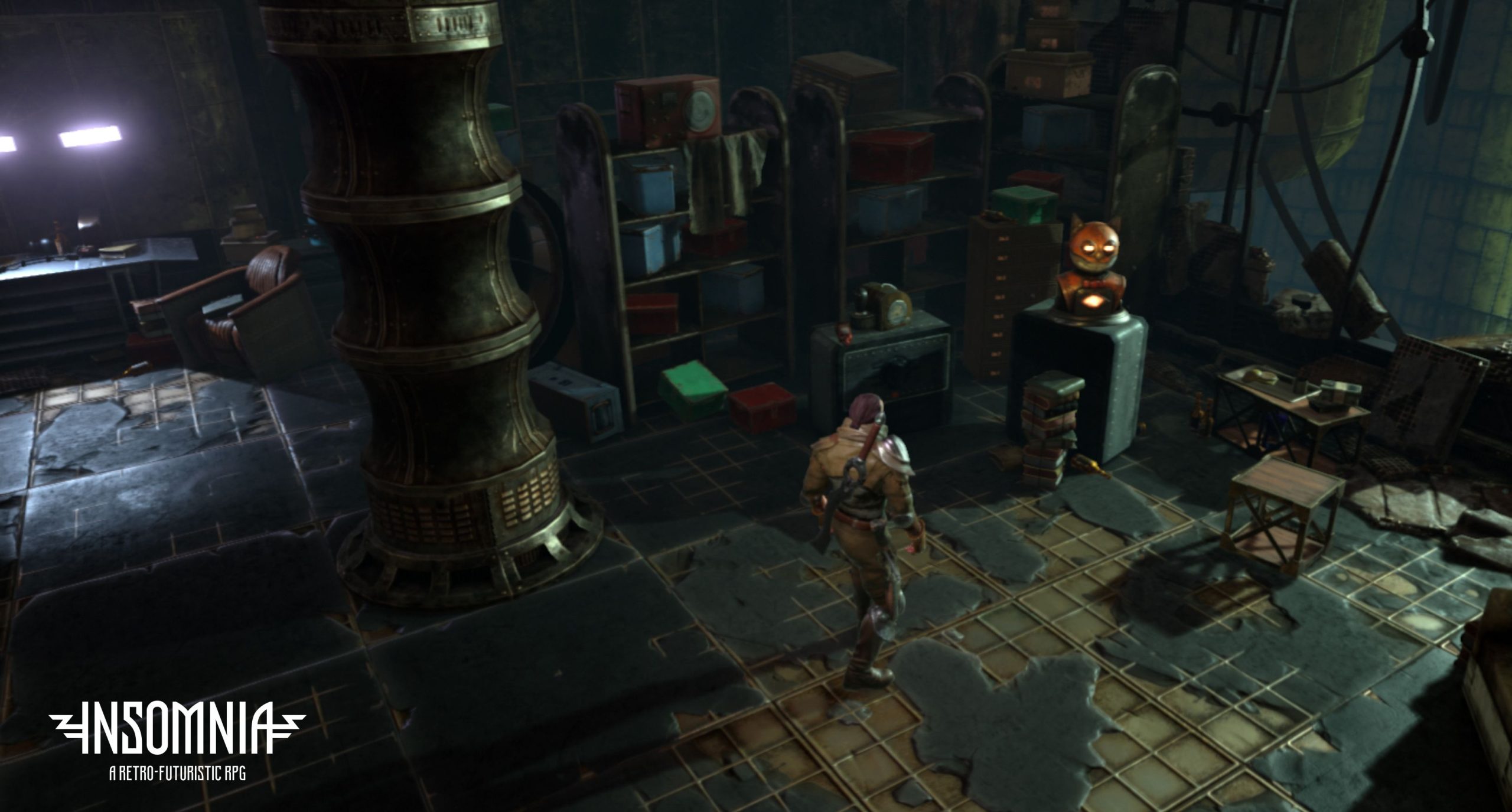EVERY YEAR, GDC’S ANNUAL JOB FAIR brings an array of sound designer candidates with a wide range of experience in front of a parade of potential employers. In the hustle and bustle of schmoozing, thousands of business cards and resumes wind up disregarded and unanswered, without any explanation for why they didn’t make the cut.
Some of this boils down to not knowing what skills are required for an in-house audio employee versus a freelancer or contractor. Aside from certain common elements, the skill sets diverge into nearly as many descriptions as there are available jobs. I’ll simplify things by breaking it down into two major camps.
THE OUTSIDER
For freelance designers, the most important attributes to have are a sharp business acumen, an entrepreneurial spirit, and networking skills. Nearly every sound designer begins his or her career as a freelance contractor. Whether an audiophile pursuing foley work in films or a composer who has to fill in by tweaking assets from a commercial library, few sound designers get their start in the game industry with staff positions.
A career as a freelance sound designer always develops from the ability to impress in person, out-demo the next candidate, and manage important small business tools such as invoices or marketing and promotional materials— anything that helps to get the next gig.
What that next job might be will often vary greatly, making a high degree of flexibility indispensable for the freelance contractor. Gigs will vary in scope from tossing a handful of UI sounds over the proverbial wall to delivering an entire weapon and impact sound set.
By and large, freelance designers can create their work however they see fit. While Protools, Sound Forge, and Filemaker Pro are industry mainstays, freelance designers are largely free to employ whatever software they prefer so long as they deliver the necessary assets on time and in the format required by the development team. Because a freelance contractor’s software and hardware palette is dependent upon personal preferences and wallet size, there’s little in the way of global standards and practices for external designers. While this isn’t typically an issue for freelance designers, it can cause some issues for sound designers who make the move to on-staff positions.
THE INSIDER
At a macro level, on-staff sound designers tend to fall into two main categories: the jack-of-all-trades and the special forces team member. The jack-of- all-trades—whose title is usually something like audio lead or senior sound designer—is typically at a smaller developer or part of a small audio department. In-house audio designers are responsible for the production and delivery of all facets of the game’s audio, including sound effect creation, voice production, and music composition.
In addition to content creation, the audio lead is also tasked with handling everything audio tech-related. Audio leads are frequently responsible for researching and determining a game’s audio engine needs, whether that means deciding to license middleware like Wwise or writing extensive documentation so that the engineering team has a blueprint from which to build the audio engine. Once content is created, audio leads are often tasked with handling all implementation and audio testing to ensure that the content plays back correctly. In this jack-of-all- trades role, the audio lead must determine which playback errors are simple implementation mistakes and which are audio engine functionality bugs that must be reported to the programming team.
On top of everything else, as the sole point of contact for all things audio, staff audio leads must also function as the accessible face for the development team. This means making themselves available for frequent design meetings, updates with production staff and publishing staff, and regularly preparing materials and documentation to show how the audio development is progressing. This may also mean managing and contracting additional external sound designers as dictated by the workload of the project.
A special forces team member is typically going to be found at a mid- to large-size developer or publisher. These designers have a much more focused role and may only be in charge of a very small slice of the audio pie. Perhaps they’re tasked with authoring looping ambient sounds or tagging foley sounds into animations. Maybe they fill the role of voice editor. Whatever their job, these sound designers typically answer to an audio lead and work more as a cog than as the entire audio machine.
Regardless of their level of responsibility, in-house sound designers are much more likely to require a very specific knowledge base when it comes to tools. In-house designers must be able to quickly learn how to use proprietary internal tech, team-specified nomenclature, and company-specific practices as they relate to workflow, asset delivery, and corporate culture.
KNOW YOUR ROLE
Whether in-house or freelance, sound design positions exist to suit the skill sets of all available sound designers. Knowing how your strengths stack up to the requirements of the given job will ensure that if you’re looking to make that leap from freelance to in-house, you’ll have an idea of how to position yourself.

